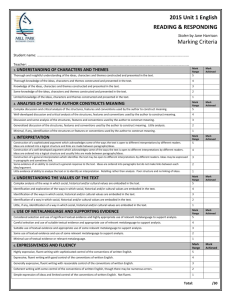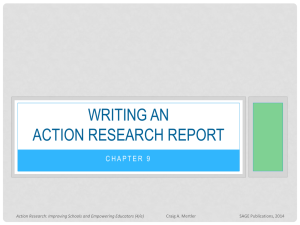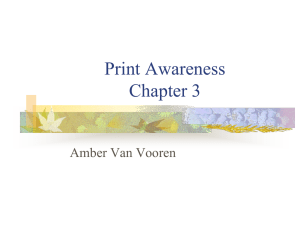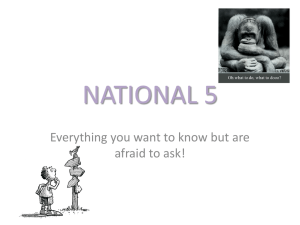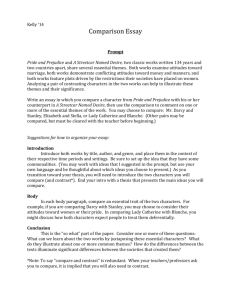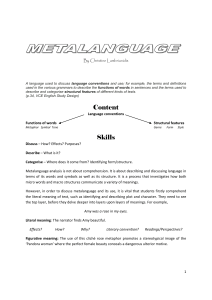Practice SAC - Interpreter of Maladies
advertisement
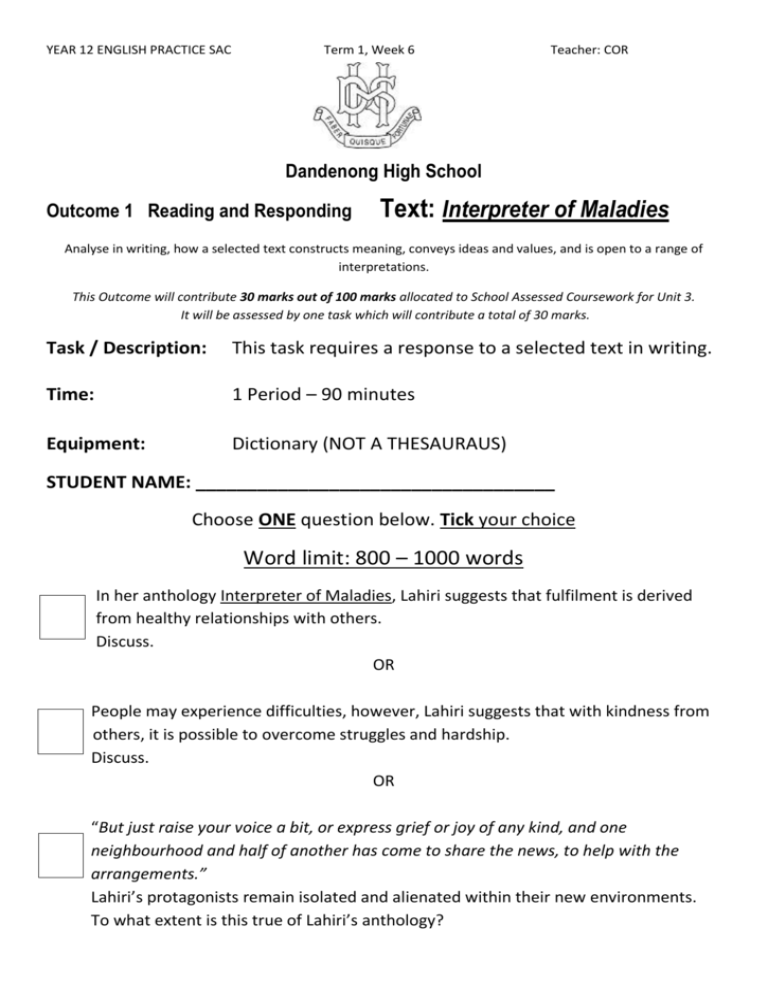
YEAR 12 ENGLISH PRACTICE SAC Term 1, Week 6 Teacher: COR Dandenong High School Outcome 1 Reading and Responding Text: Interpreter of Maladies Analyse in writing, how a selected text constructs meaning, conveys ideas and values, and is open to a range of interpretations. This Outcome will contribute 30 marks out of 100 marks allocated to School Assessed Coursework for Unit 3. It will be assessed by one task which will contribute a total of 30 marks. Task / Description: This task requires a response to a selected text in writing. Time: 1 Period – 90 minutes Equipment: Dictionary (NOT A THESAURAUS) STUDENT NAME: ___________________________________ Choose ONE question below. Tick your choice Word limit: 800 – 1000 words In her anthology Interpreter of Maladies, Lahiri suggests that fulfilment is derived from healthy relationships with others. Discuss. OR People may experience difficulties, however, Lahiri suggests that with kindness from others, it is possible to overcome struggles and hardship. Discuss. OR “But just raise your voice a bit, or express grief or joy of any kind, and one neighbourhood and half of another has come to share the news, to help with the arrangements.” Lahiri’s protagonists remain isolated and alienated within their new environments. To what extent is this true of Lahiri’s anthology? YEAR 12 ENGLISH PRACTICE SAC Term 1, Week 6 Teacher: COR Outcome 1 Analyse, either orally or in writing, how a selected text constructs meaning, conveys ideas and values, and is open to a range of interpretations. MARK RANGE DESCRIPTOR: typical performance in each range 25–30 marks Thorough and insightful understanding of the ideas, characters and themes constructed and presented in the text. Complex discussion and critical analysis of the structures, features and conventions used by the author to construct meaning. Complex analysis of the ways in which social, historical and/or cultural values are embodied in the text. Construction of a sophisticated interpretation which demonstrates an understanding of ways in which the text is open to different interpretations by different readers. Considered selection and use of significant textual evidence and highly appropriate use of relevant metalanguage to support analysis. Highly expressive, fluent and coherent writing or, in an oral response, the skilful use of highly appropriate oral language conventions to engage an audience. 19–24 marks Thorough knowledge of the ideas, characters and themes constructed and presented in the text. Well-developed discussion and sound analysis of the structures, features and conventions used by the author to construct meaning. Identification and exploration of the ways in which social, historical and/or cultural values are embodied in the text. Construction of a well-developed interpretation, demonstrating knowledge of ways in which the text is open to different interpretations by different readers. Careful selection and use of suitable textual evidence and appropriate use of relevant metalanguage to support analysis. Expressive, fluent and coherent writing or, in an oral response, an ability to use appropriate oral language conventions to engage an audience. 13–18 marks Knowledge of the ideas, characters and themes constructed and presented in the text. Discussion and some analysis of the structures, features and conventions used by the author to construct meaning. Identification of the ways in which social, historical and/or cultural values are embodied in the text. Construction of a general interpretation and some identification of ways in which the text is open to different interpretations by different readers. Suitable use of textual evidence and appropriate use of some relevant metalanguage to support analysis. Generally expressive, fluent and coherent writing or, in an oral response, an ability to use some appropriate oral language conventions to engage an audience. 7–12 marks Some knowledge of the ideas, characters and themes constructed and presented in the text. Generalised discussion of the structures, features and conventions used by the author to construct meaning. Identification of a way in which social, historical and/or cultural values are embodied in the text. Some evidence of an ability to construct a general response to the text and identify a possible interpretation. Some use of textual evidence and use of some relevant metalanguage to support analysis. Clear expression of ideas in writing or, in an oral response, variable ability to use oral language conventions to engage an audience. 1–6 marks Limited knowledge of the ideas, characters and themes constructed and presented in the text. Little, if any, identification of the structures or features or conventions used by the author to construct meaning. Little, if any, identification of a way in which social, historical and/or cultural values are embodied in the text. Little evidence of ability to construct a general response to the text or to identify an interpretation. Minimal use of textual evidence or relevant metalanguage. Simple expression of ideas in writing or, in an oral response, limited use of oral language conventions to engage an audience.

